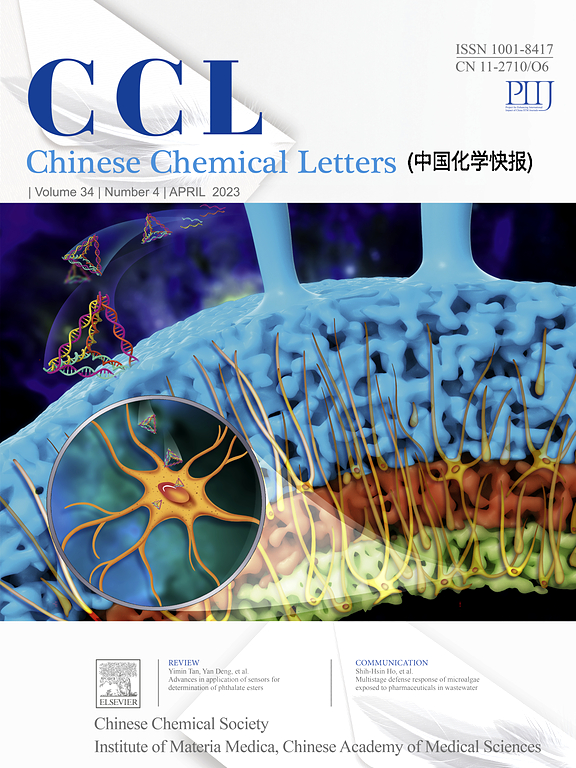Antioxidative strategies of 2D MXenes in aqueous energy storage system
IF 9.4
1区 化学
Q1 CHEMISTRY, MULTIDISCIPLINARY
引用次数: 0
Abstract
As a novel two-dimensional (2D) material, MXenes are anticipated to have a significant impact on future aqueous energy storage and conversion technologies owing to their unique intrinsic laminar structure and exceptional physicochemical properties. Nevertheless, the fabrication and utilization of functional MXene-based devices face formidable challenges due to their susceptibility to oxidative degradation in aqueous solutions. This review begins with an outline of various preparation techniques for MXenes and their implications for structure and surface chemistry. Subsequently, the controversial oxidation mechanisms are discussed, followed by a summary of currently employed oxidation characterization techniques. Additionally, the factors influencing MXene oxidation are then introduced, encompassing chemical composition (types of M, X elements, layer numbers, terminations, and defects) as well as environment (atmosphere, temperature, light, potential, solution pH, free water and O2 content). The review then shifts its focus to strategies aiming to prevent or delay MXene oxidation, thereby expanding the applicability of MXenes in complex environments. Finally, the challenges and prospects within this rapidly-growing research field are presented to promote further advancements of MXenes in aqueous storage systems.

求助全文
约1分钟内获得全文
求助全文
来源期刊

Chinese Chemical Letters
化学-化学综合
CiteScore
14.10
自引率
15.40%
发文量
8969
审稿时长
1.6 months
期刊介绍:
Chinese Chemical Letters (CCL) (ISSN 1001-8417) was founded in July 1990. The journal publishes preliminary accounts in the whole field of chemistry, including inorganic chemistry, organic chemistry, analytical chemistry, physical chemistry, polymer chemistry, applied chemistry, etc.Chinese Chemical Letters does not accept articles previously published or scheduled to be published. To verify originality, your article may be checked by the originality detection service CrossCheck.
 求助内容:
求助内容: 应助结果提醒方式:
应助结果提醒方式:


